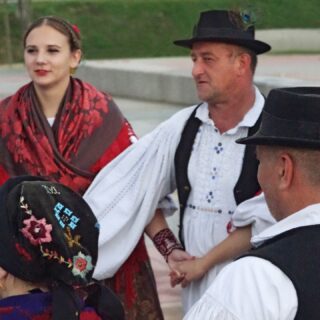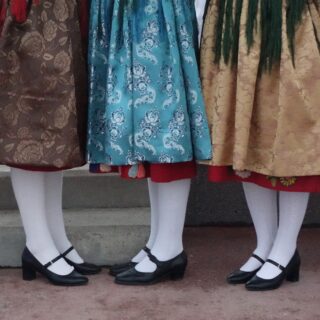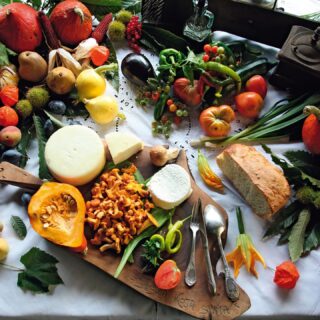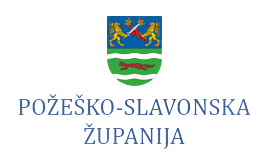
History and people
History written with drops of wine
Archaeological findings at the sites of the World of Graševina show that the history of life in these regions goes back almost eight thousand years, to the times of Sopot culture (around 5480 – 3970 BC) and later Vučedol culture (around 3000 – 2200 BC).

The very name Vallis aurea, the Golden Valley, comes from the times of ancientRome, what confirms the fact that the local wine tasting culture has always been part of the European wine story. This is also testified by vessels for drinking wine which were found in the Požega basin.
Wine, as an important part of everyday life, but also with the new sacred role it acquired with Christianity, continued to be produced in the Middle Ages. The oldest wine cellar in this part of Europe is located in Kutjevo and was built by the Cistercians, while the Benedictine vineyards already existed on the sites of St. Michael’s Abbey in Rudina.
The expansion of the Ottoman Empire and the following wars brought short-term stagnation and a decline in wine production in terms of local economy. Such a situation persisted until the 19th century when the Turković family came into possession of the Kutjevo manor. This family played a decisive role for the economic renewal and return of winegrowing culture to its rightful place. In addition to numerous contributions to the development of forestry, fruit growing, hunting, improving the quality of living conditions for the local population, the Turkovićs were also responsible for the modernization of wineproduction. They introduced many new techniques for growing grapevines, which include leaving more space between the vines for greater insolation, easier movement and other.
A special role goes to the family members Zdenko Turković and his wife Greta. The two of them created the Ampelographic Atlas, a unique piece written by Zdenko and illustrated by Greta with watercolours of vines and bunches in natural size. This atlas became part of the mandatory literature at the world’s agronomic faculties, which brought fame and recognition to the Turković family. Due to his large knowledge and willingness to modernize and improve winegrowing and bring it closer to the main world trends, Zdenko probably played a decisive role for the development of winegrowing not only in Kutjevo but also in whole of Croatia.
The Turkovićs laid the foundations of modern winegrowing and winemaking in this region. Their perseverance, efforts, innovation and dedication to the creation of top wines continue inspiring all the winemakers who came after them. The Turković legacy will last as long as wine is produced in the World of Graševina.

Interesting facts and sights
☉
Wine is a drink without cholesterol and fats. So you can drink it without any feeling of guilt, of course, if you drink it in moderation. If you avoid sweet, you can try the dry version of wine which contains fewer carbohydrates and calories.
☉
Even if it goes well with any occasion, Graševina is most often served with river fish, shellfish prepared on the buzara and soft and light cheeses.
☉
The Krauthaker Sauvignon, a wine from the World of Graševina region, is the only Croatian wine served in first class on Lufthansa flights. Moreover, it is also our only wine to be listed on the wine list of the world-famous restaurant Fat Duck which has three Michelin stars.
☉
Graševina is always our number one. But did you know that there are 10 000 grape varieties in the world?
☉
Graševina is so popular that it got its own song which was performed first by the famous Krunoslav Kićo Slabinac at the Golden Strings of Slavonia Festival in Požega in 2016. The text was written by Željko Krznarić, while the music was composed by Alfi Kabiljo, one of Croatia’s most famous composers.



